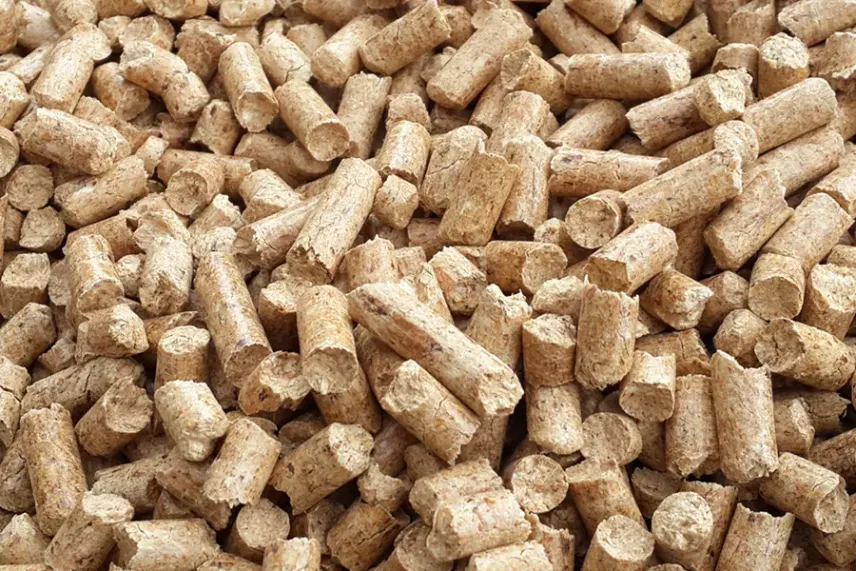
What are Fuel Pellets Made from?
Fuel pellets are made from various kinds of raw materials and waste of organic origin. For the production of pellets, wood or its waste is used - bark, wood chips, sawdust, as well as peat, straw, sunflower seed husks, corn stalks and even chicken droppings. Depending on the raw materials from which fuel pellets https://forest-goods.com/products/pellets/fuel-pellets are made, they have different parameters and can be used for various purposes.
Wood Pellets
Wood pellets are one of the varieties of fuel pellets. Wood pellets are mainly used by households as fuel for various stoves and boilers, both specially designed for burning pellets, and conventional ones, which were intended for burning coal and ordinary firewood. Wooden pellets are in great demand because of the environmentally friendly raw materials used for their manufacture - waste wood of various species. Pellet production from wood waste is environmentally friendly, as it reduces the amount of waste sent to landfill, and burning pellets creates significantly less ash and harmful gases than burning coal or even ordinary firewood. For this reason, wood pellets are becoming increasingly popular among consumers in Europe, the USA and many other countries around the world.
Pellet Production
Pellets are produced on special equipment that allows grinding, drying and pressing organic raw materials. The composition of the pellet production line may be different, but its main elements are a grinder, a dryer and a special press for producing finished fuel pellets. In addition, the pellet production line may include a magnetic separator to prevent metal objects from entering the raw materials to protect equipment, as well as other additional technological elements that improve the quality of pellets produced or simplify their production. The technological process for the manufacture of fuel pellets is quite simple - organic raw materials are crushed to a state of dust, dried to the required moisture content, and then pressed into small cylindrical pellets.
Types of Pellets
Two types of fuel granules are produced industrially - white pellets that are not subjected to heat treatment, and burnt without oxygen - black pellets or biochar. White pellets are highly hygroscopic and need to be stored in a dry place, while fired pellets are resistant to moisture. In addition, in terms of fuel characteristics, burnt pellets are close to coal, which is an important factor when they are used as fuel.
Application of Pellets
Pellets are mainly used for their combustion in various stoves, boilers and other devices that use the heat obtained from the combustion of fuel. Without any alteration of the equipment, fuel pellets can be used in any grate stoves designed for classic types of fuel - firewood and coal. But the maximum effect from the use of pellets can be obtained by using boilers and furnaces specially designed for fuel pellets for their combustion. In this case, the combustion process proceeds a little differently than in a conventional furnace, and the result is more heat, less ash and harmful emissions into the atmosphere. In addition, stoves and boilers specially designed for fuel pellets automatically regulate the supply of pellets to the furnace, so that the pellet boiler practically does not need constant maintenance.
But there is another area of application for pellets, which at first glance is not the most obvious. Because white pellets have a high liquid absorption capacity, they have been successfully used as pet litter. Low humidity and high hygroscopicity of white pellets makes it possible to use them on a par with other absorbers. But still, the main area of application for pellets of various types is their use as a renewable and environmentally friendly fuel.